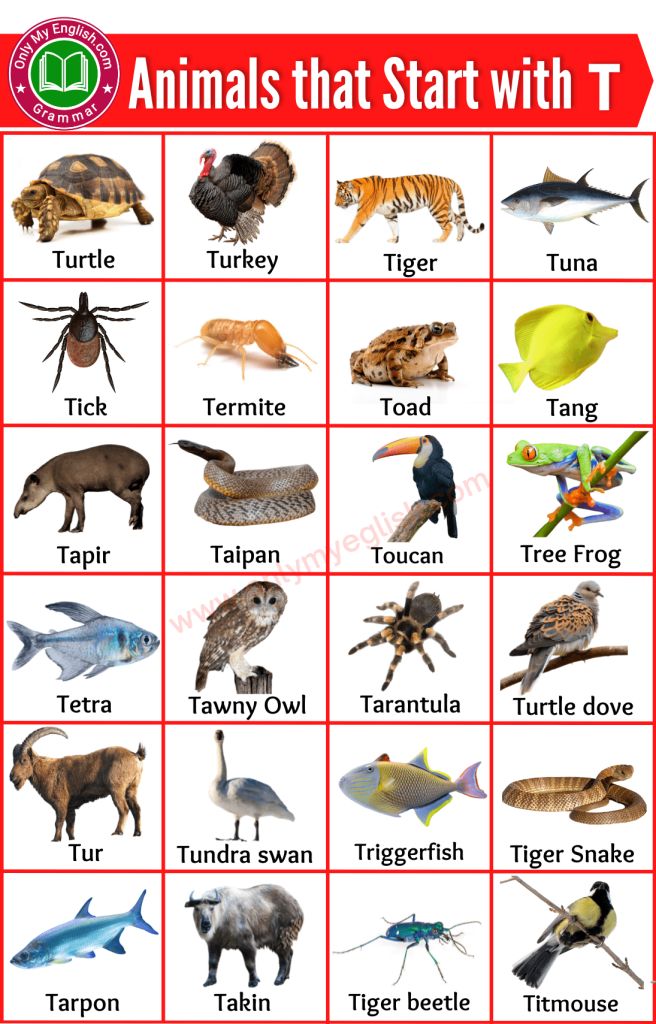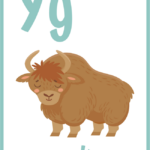Animal Name Start With Y
1. Yak
2. Yellow-bellied marmot
3. Yellow mongoose
4. Yellow tang fish
5. Yellow-headed blackbird
6. Yellow-throated marten
7. Yellow-eyed penguin
8. Yellow baboon
9. Yellow-spotted river turtle
10. Yellow-billed stork
11. Yellow-faced pocket gopher
12. Yellow-crowned night heron
13. Yellowfin tuna
14. Yellow-nosed albatross
15. Yellow-footed rock-wallaby
16. Yellow-rumped warbler
17. Yellow-footed antechinus
18. Yellow-billed hornbill
19. Yellow-bellied toad
20. Yellow-breasted chat
21. Yellow-legged frog
22. Yellow-winged bat
23. Yellow-collared lovebird
24. Yellow-headed amazon parrot
25. Yellow-bellied sapsucker
26. Yellow-shouldered amazon parrot
27. Yellow-collared macaw
28. Yellow-shafted flicker
29. Yellow-green vireo
30. Yellow-banded poison dart frog
More About Animal Name Start With Y
Welcome to our exciting journey through the animal kingdom, where we discover the wondrous creatures from A to Z. Today, we embark on a special expedition to explore the unique and captivating world of animals beginning with the letter “Y”. From the mighty and majestic to the small and mysterious, we will delve into the lives of these remarkable beings, shedding light on their incredible adaptations, behaviors, and contributions to the web of life.
In the vast tapestry of the animal kingdom, certain icons stand out, and among them, the animals whose names begin with “Y” hold a particular allure. Whether you are an avid nature enthusiast, a curious learner, or simply captivated by the rich diversity of our planet’s fauna, this exploration promises to satiate your thirst for knowledge.
One of the most enchanting “Y” animals is the mighty yet enigmatic Yak. Roaming the high-altitude regions of Asia, including parts of Mongolia, Tibet, and the Himalayas, these shaggy-haired bovines are a symbol of resilience and adaptability. Yaks possess impressive physical characteristics, enabling them to thrive in some of the harshest environments on Earth. With their long, curved horns and dense fur that shields them from bitter cold temperatures, they are perfectly suited for alpine life. Not only are yaks known for their exceptional survival skills, but they also provide essential resources for the communities that coexist with them, offering sustenance through their meat, milk, and fibers.
Venturing into the depths of the jungle, we encounter another fascinating “Y” animal the Yellow-bellied Eremomela. This small, insectivorous bird is found in the tropical regions of Africa, where it navigates the dense foliage with its exquisite yellow plumage. The Yellow-bellied Eremomela’s melodious calls reverberate through the trees, captivating both ornithologists and avid birdwatchers alike. Beyond their stunning appearance and captivating songs, these birds play a vital role in their ecosystem, assisting in pest control by feeding on insects.
Continuing on our exploration, we find ourselves immersed in the vibrant underwater world, where the Yellow Tang gracefully glides along the coral reefs of the Pacific Ocean. Endemic to the waters around Hawaii, this strikingly colorful fish showcases a vibrant yellow body accentuated by a contrasting blue tail and fins. Renowned for its beauty and charm, the Yellow Tang has become a beloved symbol of tropical marine life. Its presence not only adds splendor to the coral reefs but also contributes to their health by grazing on algae, helping to maintain a delicate balance within the ecosystems they inhabit.
Our journey to uncover the wonders of “Y” animals takes us to various corners of the planet, where we encounter innumerable captivating creatures that share this unique initial. From the eerie Yellow Anaconda lurking in the watery depths of South America’s swamps to the charismatic Yellow-footed Rock Wallaby, gracefully navigating Australia’s rocky landscapes, each of these animals reveals a story of evolution, adaptation, and survival.
So join us on this marvelous voyage of discovery, as we shed light on the captivating “Y” animals that often go unnoticed. By exploring their lives, we not only gain a deeper understanding of the intricate natural world we are a part of but also develop a newfound appreciation for the diversity and interconnectedness of life on Earth. So let us embark on this fascinating journey together and unlock the wonders of the animal kingdom, one letter at a time.
Animal Name Start With Y FAQs:
1. Q: What is a yak?
A: A yak is a large, long-haired animal that is native to the Himalayas, known for its ability to survive in high altitudes and extreme weather conditions.
2. Q: Are yaks domesticated?
A: Yes, yaks have been domesticated for centuries. They are commonly used by Himalayan communities for transportation, milk, and meat purposes.
3. Q: How big do yaks grow?
A: Adult male yaks can weigh between 700 and 1,200 kilograms, while adult females generally weigh between 350 and 650 kilograms.
4. Q: What do yaks eat?
A: Yaks are herbivores and primarily graze on grasses, shrubs, and lichens found in their natural habitat.
5. Q: Can yaks be found outside of the Himalayas?
A: While the Himalayas are their natural habitat, yaks are also found in other mountain regions of Central Asia, including Tibet, Mongolia, and parts of Russia and China.
6. Q: Are yaks aggressive?
A: Yaks are generally peaceful animals, but they can become aggressive if they feel threatened or if their territory is being violated.
7. Q: What is the purpose of the yak’s long, shaggy hair?
A: The yak’s thick hair coat serves as insulation from the harsh cold, protecting them from freezing temperatures.
8. Q: How long is the gestation period of a yak?
A: The gestation period of a female yak is around 257 days, similar to that of a cow.
9. Q: Do yaks have any natural predators?
A: Snow leopards and wolves are among the few natural predators of yaks in their native habitats.
10. Q: Can yaks interbreed with other bovine species?
A: Yes, yaks can interbreed with domestic cattle, resulting in hybrids known as “yakows” or “dzo,” which possess characteristics of both parent species.












